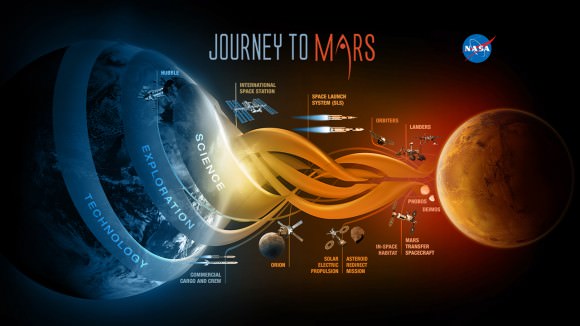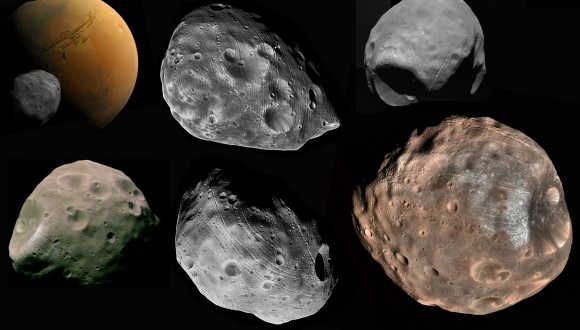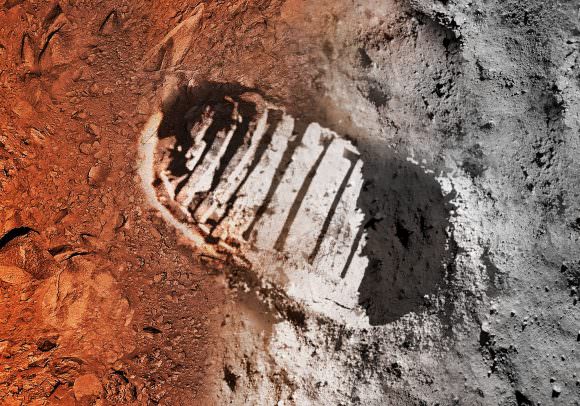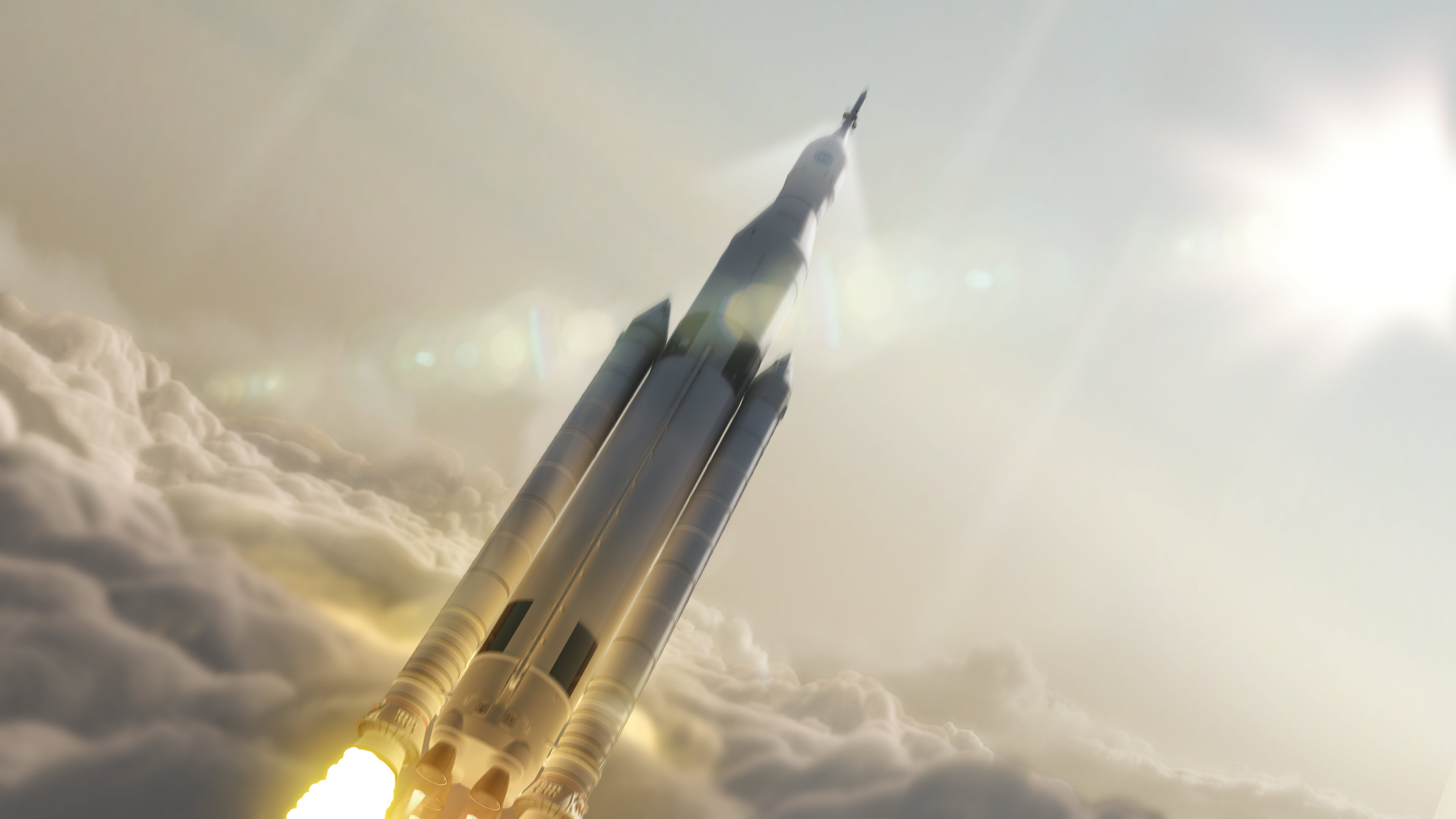Since the Authorization Act of 2010, NASA has been pushing ahead with the goal of sending astronauts to Mars by the 2030s. The latter part of this goal has been the subject of much attention in recent years, and for good reason. Sending crewed missions to the Red Planet would be the single-greatest initiative undertaken since the Apollo era, and the rewards equally great.
However, with the scheduled date for a mission approaching, and the upcoming presidential election, NASA is finding itself under pressure to show that they are making headway. Despite progress being made with both the Space Launch System (SLS) and the Orion Multi-Purpose Crew Vehicle, there are lingering issues which need to be worked out before NASA can mount its historic mission to Mars.
One of the biggest issues is that of assigned launched missions that will ensure that the SLS is tested many times before a crewed mission to Mars is mounted. So far, NASA has produced some general plans as part of it’s “Journey to Mars“, an important part of which is the use of the SLS and Orion spacecraft to send a crew beyond low-Earth orbit and explore a near-Earth asteroid by 2025.

This plan is not only intended to provide their astronauts with experience working beyond LEO, but to test the SLS and Orion’s capabilities, not to mention some vital systems – such as Solar Electric Propulsion (SEP), which will be used to send cargo missions to Mars. Another major step is Exploration Mission 1 (EM-1), the first planned flight of the SLS and the second uncrewed test flight of the Orion spacecraft (which will take place on September 30th, 2018).
However, beyond this, NASA has only one other mission on the books, which is Exploration Mission 2 (EM-2). This mission will involve the crew performing a practice flyby of a captured asteroid in lunar orbit, and which is scheduled for launch in 2023. This will be the first crewed test of the Orion spacecraft, and also the first time American astronauts have left low-Earth orbit since the Apollo 17 mission in 1972.
While significant, these mission remain the only two assigned flights for the SLS and Orion. Beyond these, dozens more have been proposed as part of NASA’s three phase plan to reach Mars. For instance, between 2018 and the 2030s, NASA would be responsible for launching a total of 32 missions in order to send the necessary hardware to near-Mars space before making crewed landings on Phobos and then to Mars.
In accordance with the “Evolvable Mars Campaign” – which was presented last year by NASA’s Human Exploration and Operations Mission Directorate (HEOMD) – Phase One (the “Earth Reliant” phase) of this plan would involve two launches in 2028, which would be responsible for transporting a habitation module, an SEP module, and a exploration vehicle to cis-lunar space.
This would be followed by two SLS flights in 2029, bringing the Trans-Earth Injection (TEI) stage to cis-lunar space, followed by a crew to perform the final checks on the Phobos Hab. By 2030, Phase Two (known as the “Proving Ground” phase) would begin with the last elements – the Earth Orbit Insertion (EOI) stage and taxi elements – being launched to cis-lunar orbit, and then all the equipment being sent to near-Mars space for pre-deployment.
By 2031, two more SLS missions would take place, where a Martian Hab would be launched, followed in 2032 by the launches of the Mars Orbit Insertion (MOI) and Trans-Mars Injection (TMI) stages. By 2033, Phase Three (the “Earth Independent” phase) would begin, where the Phobos crew would be transported to the Transit Hab, followed by the final crewed mission to the Martian surface.
Accomplishing all of this would require that NASA commit to making regular launches over the next few years. Such was the feeling of Bill Gerstenmaier – NASA’s Associate Administrator for Human Exploration and Operations – who recently indicated that NASA will need to mount launches at least once a year to establish a “launch cadence” with the SLS.
Mission proposals of this kind were also discussed at the recent Aerospace Safety Advisory Panel (ASAP) meeting – which meets annually to discuss matters relating to NASA’s safety performance. During the course of the meeting, Bill Hill – the Deputy Associate Administrator for Exploration Systems Development (ESD) in NASA’s Human Exploration and Operations Mission Directorate (HEOMD) – provided an overview of the latest developments in NASA’s planned mission.

By and large, the meeting focused on possible concepts for the Mars mission, which included using SEP and chemical propellants for sending hardware to cis-lunar space and near-Mars space, in advance of a mission to Phobos and the Martian surface. Two scenarios were proposed that would rely to these methods to varying extents, both of which called for a total of 32 SLS launches.
However, the outcome of this meeting seemed to indicate that NASA is still thinking over its long-term options and has not yet committed to anything beyond the mission to a near-Earth asteroid. For instance, NASA has indicated that it is laying the groundwork for Phase One of the Mars mission, which calls for flight testing to cis-lunar space.
However, according to Hill, NASA is currently engaged in “Phase 0” of the three phase plan, which involves the use of the ISS to test crew health via long duration space flight. In addition, there are currently no plans for developing Phases Two and Three of the mission. Other problems, such as the Orion spacecraft’s heatshield – which is currently incapable of withstanding the speed of reentry coming all the way from Mar – have yet to be resolved.
Another major issue is that of funding. Thanks to the Obama administration and the passage of the Authorization Act of 2010, NASA has been able to take several crucial steps towards developing their plan for a mission to Mars. However, in order to take things to the next level, the US government will need to show a serious commitment to ensuring that all aspects of the plan get the funding they need.
And given that it is an election year, the budget environment may be changing in the near future. As such, now is the time for the agency to demonstrate that it is fully committed to every phase of its plan to puts boots on the ground of Mars.
On the other hand, NASA has taken some very positive strides in the past six years, and one cannot deny that they are serious about making the mission happen in the time frame it has provided. They are also on track when it comes to proving key concepts and technology.
In the coming years, with flight tests of the SLS and crewed tests of the Orion, they will be even further along. And given the support of both the federal government and the private sector, nothing should stand in the way of human boots touching red soil by the 2030s.

Further Reading: NASA Spaceflight.com

